Budapest captures most travelers’ attention with its Parliament building and thermal baths, yet Hungary holds countless other treasures beyond the capital. Medieval castles crown hilltops while expansive lakes stretch like inland seas across this Central European nation.
Too many visitors stick to the Danube’s famous curves, though that often means missing out on incredible experiences. Here is a list of 19 remarkable Hungarian destinations that showcase the country’s true diversity.
Lake Balaton
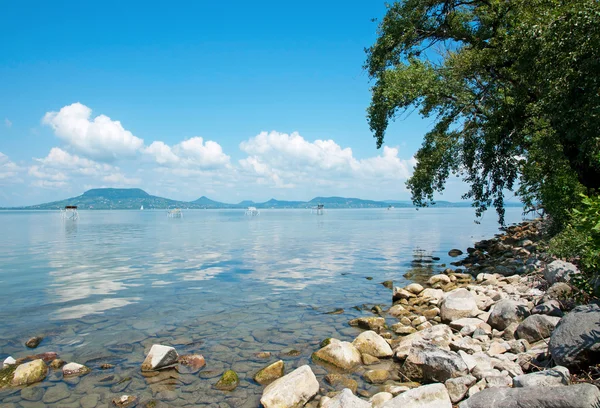
Hungary’s largest lake spans roughly 48 miles, earning the nickname ‘Hungarian Sea’ from locals who can’t see across on misty mornings. Beach clubs and waterfront dining define the southern shore, while northern territories offer wine country and peaceful towns.
The sheer scale makes it feel more oceanic than most European lake.
Debrecen
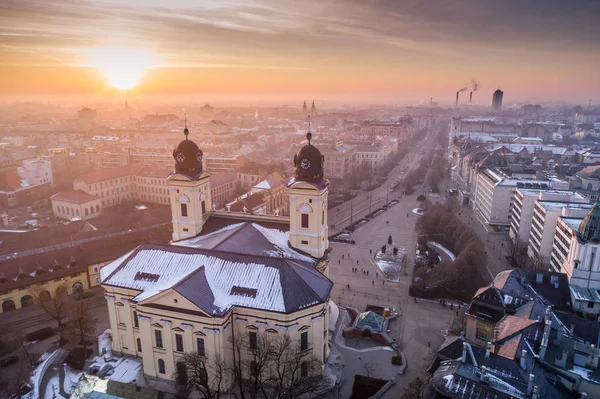
Hungary’s second city moves at a different rhythm than Budapest — broader streets, less hurry, more genuine local life. The Reformed Great Church dominates everything with its imposing presence, and nearby thermal complexes provide perfect afternoon retreats.
This eastern hub also opens the door to the Great Hungarian Plain’s endless horizons.
Like Travel Pug’s content? Follow us on MSN.
Szeged
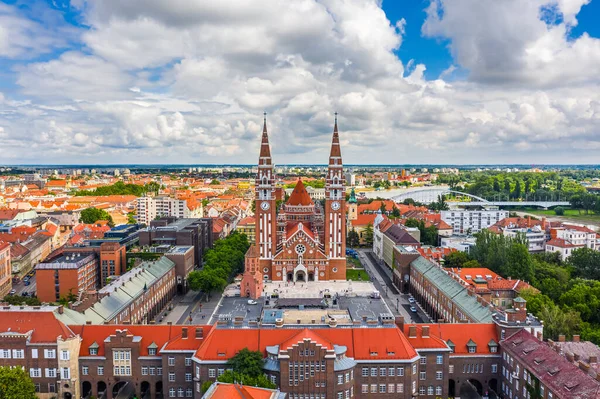
Right against the Serbian border, this southern city specializes in world-class paprika and architectural gems. Twin spires of the Votive Church pierce the skyline, though the real treasure lies in the Art Nouveau buildings scattered throughout downtown.
Summer brings the Szeged Open Air Festival, transforming the main square into an outdoor theater that rivals European capitals.
Pécs
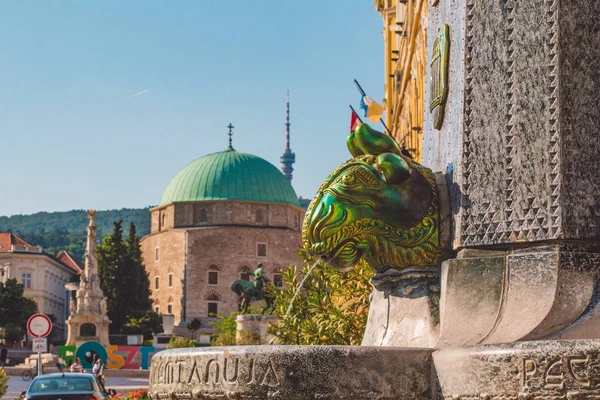
Two millennia of civilization layer together in this walkable city — Roman foundations, Ottoman mosques, and contemporary museums all within blocks of each other. UNESCO recognized the early Christian necropolis, yet simply wandering cobblestone paths feels like time travel.
Zsolnay porcelain put Pécs on international maps, and its distinctive ceramics still decorate historic buildings.
Eger
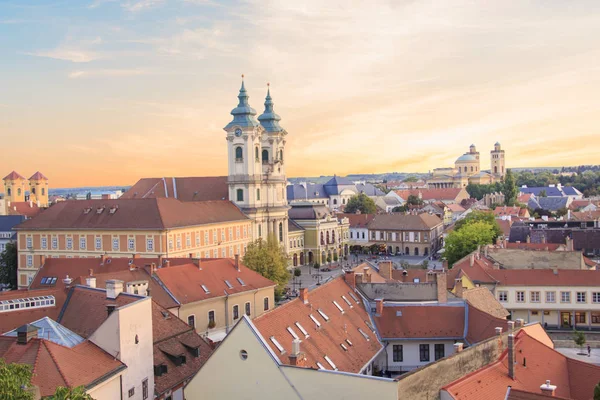
Castle Hill rises dramatically above the city, the site of the famous 1552 siege where Hungarian defenders held off massive Ottoman forces. Below, baroque streets wind past pastel buildings toward wine cellars carved into hillsides.
The Valley of Beautiful Women produces exceptional reds, including Bull’s Blood wine that legend says gave those castle defenders their courage.
Like Travel Pug’s content? Follow us on MSN.
Keszthely
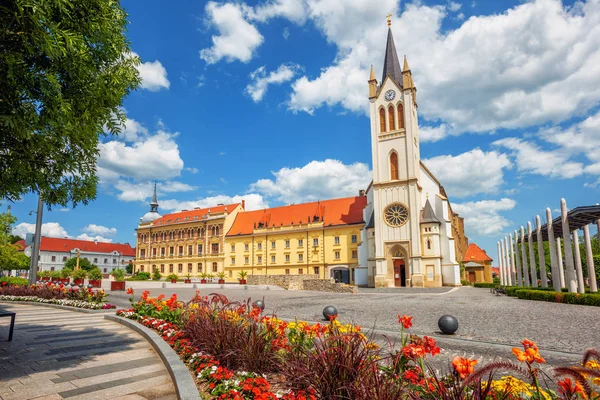
Positioned at Lake Balaton’s western tip, this town offers lakeside charm minus the summer crowds that overwhelm other resorts. Festetics Palace rivals any European royal residence — complete with manicured grounds and a library that bibliophiles dream about.
The location also provides access to quieter lake communities away from tourist masses.
Visegrád
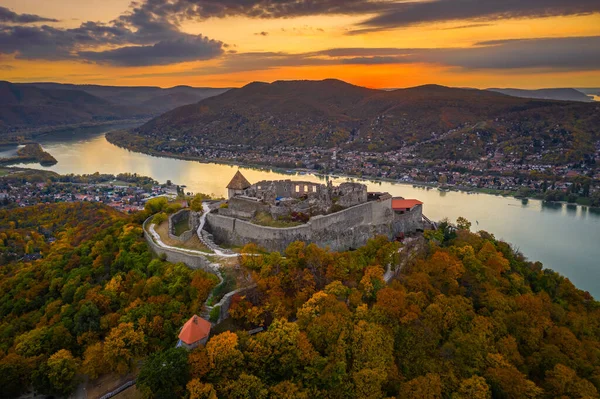
Medieval Hungarian royalty ruled from this Danube Bend stronghold, where castle ruins once hosted Europe’s most powerful leaders. The climb to the citadel delivers panoramic river valley views stretching for miles.
Period festivals here recreate the past better than museums, featuring armored knights and traditional craft demonstrations.
Szentendre
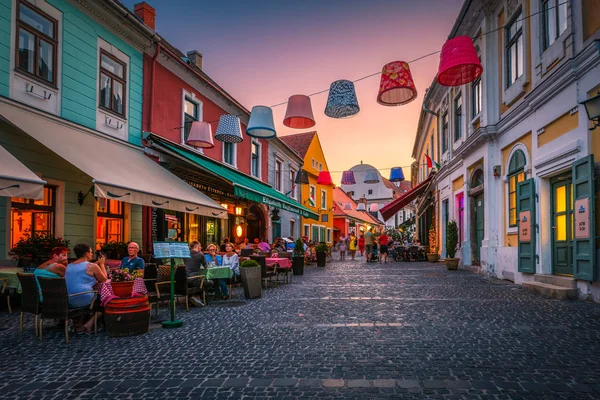
Just 12 miles from Budapest, this riverside community feels distinctly different — Serbian Orthodox churches and Mediterranean-style plazas define the atmosphere. Artists have gravitated here for decades, filling galleries with folk art and contemporary works.
Cobblestone streets and baroque houses create Instagram-worthy backdrops that friends back home will envy.
Like Travel Pug’s content? Follow us on MSN.
Hortobágy National Parak
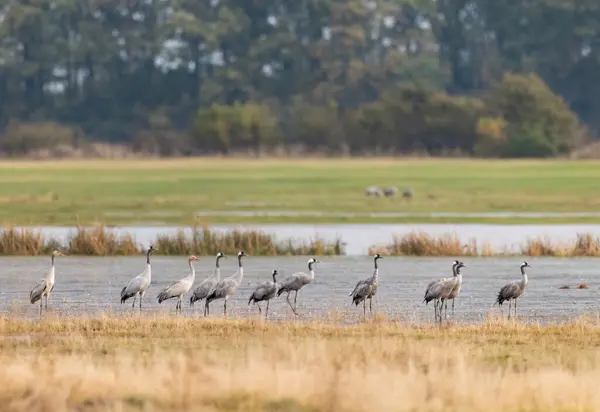
The Great Plain stretches endlessly here, resembling America’s Midwest more than typical Central European landscapes. Traditional horsemen called csikós still work these grasslands using centuries-old techniques.
Beyond tourism, the park protects one of Europe’s largest remaining natural grassland ecosystems.
Tokaj
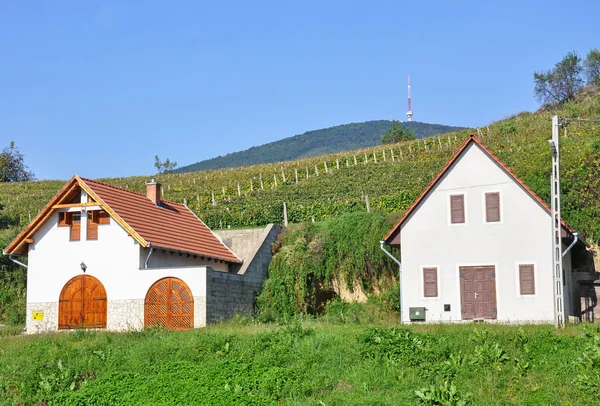
Wine connoisseurs recognize Tokaj as the source of ‘liquid gold’ — dessert wines that once graced royal European tables. Volcanic soil and unique microclimate create conditions found nowhere else, producing wines that age gracefully for centuries.
Even non-wine drinkers appreciate the rolling vineyard landscapes that define this region’s scenic beauty.
Sopron
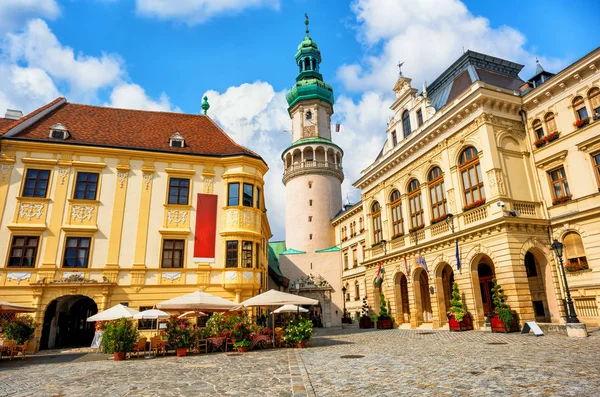
Practically sitting in Austria, this border city shows heavy Austrian influence in its architecture and local dialect. The medieval center survived centuries of warfare and political upheaval, preserving remarkable Gothic and Renaissance structures.
The nearby Lővér Hills offer hiking trails and scenic viewpoints, giving this town an alpine resort atmosphere.
Like Travel Pug’s content? Follow us on MSN.
Veszprém
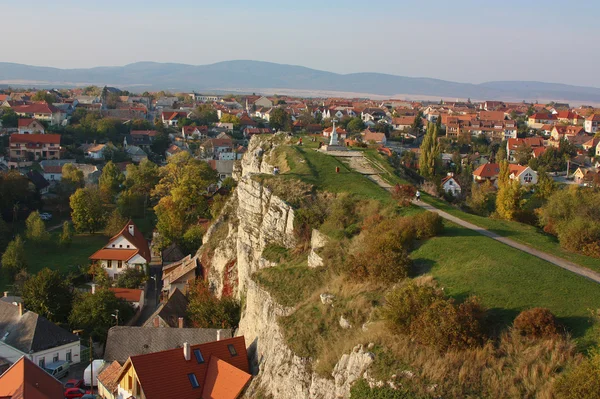
Built across five hills like a miniature Rome, Veszprém served as the coronation site for Hungarian queens throughout medieval times. The castle district maintains this royal character with stone buildings and narrow passages leading to spectacular overlooks.
A thriving university population balances the historical gravitas with youthful energy.
Szombathely
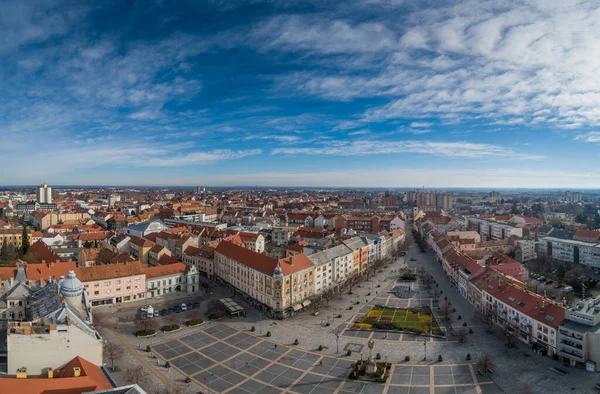
Hungary’s oldest settlement dates back to Roman times when it functioned as a crucial empire crossroads. The Savaria Museum showcases exceptional Roman artifacts, including mosaics that rival Italian discoveries.
Downtown architecture blends ancient foundations with elegant 18th and 19th-century facades, creating a unique historical timeline.
Nyíregyháza
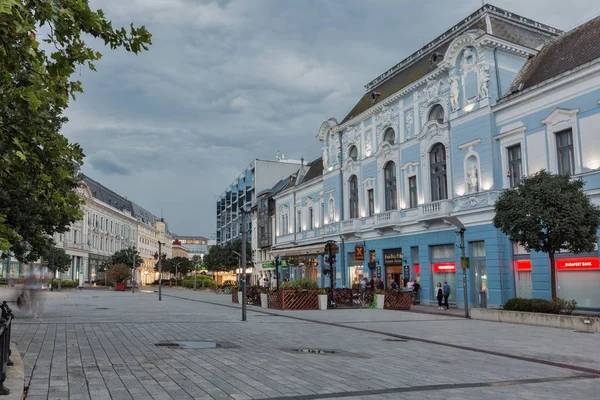
This eastern cultural hub celebrates Szabolcs region traditions through museums and festivals that most tourists never encounter. The unusual combination of Sóstó Zoo and thermal baths somehow works perfectly together.
The city also opens access to Nyírség landscapes, where dunes and oak forests create a surprisingly varied terrain.
Like Travel Pug’s content? Follow us on MSN.
Miskolc
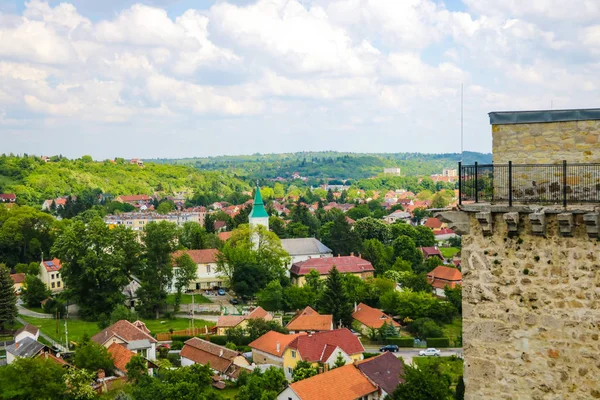
Industrial Miskolc might not sound appealing, yet the nearby Miskolctapolca cave bath system offers one of the world’s most distinctive thermal experiences. Diósgyőr Castle adds medieval drama to the urban setting, while the surrounding Bükk Mountains provide hiking opportunities and traditional villages.
The steel industry heritage gives the place an authentic, gritty character that contrasts beautifully with natural attractions.
Kalocsa
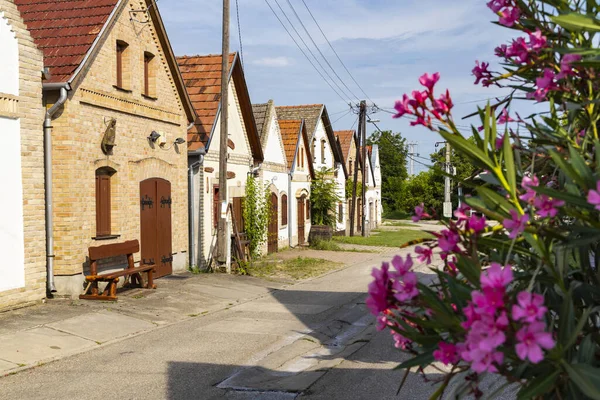
Paprika production made Kalocsa famous, and the vibrant red spice still defines this Danube River community. Local folk art traditions feature intricate embroidery and painted decorations that transform everyday items into artistic masterpieces.
The archbishop’s palace and cathedral complex demonstrate this small town’s significant role in Hungarian religious history.
Fertő-Hanság National Park
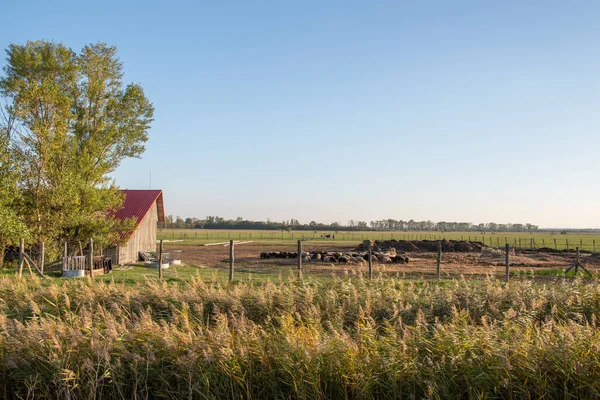
This transnational park extends into Austria, protecting wetlands that serve as vital stopover points for European migratory birds. Reed beds and shallow lakes transform dramatically with seasons, from frozen winter tableaux to summer meadows teeming with wildlife.
The traditional village of Fertőrákos contributes cultural interest with its quarry concert venue carved directly into limestone cliffs.
Like Travel Pug’s content? Follow us on MSN.
Aggtelek National Park
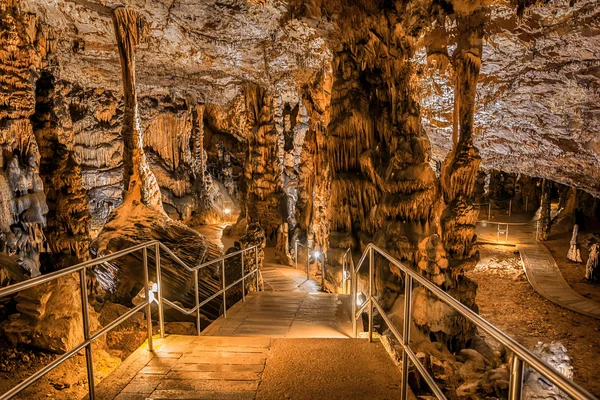
Underground marvels define this northeastern park, where the Baradla Cave system extends for miles beneath the surface. Above ground, karst topography creates dramatic sinkholes, springs, and unusual rock formations across rolling terrain.
Traditional shepherd culture persists in surrounding villages, offering glimpses into rural life that’s remained largely unchanged across generations.
Tihany
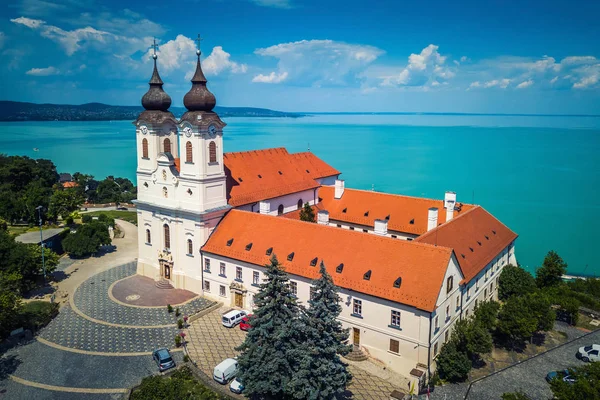
This Lake Balaton peninsula combines natural splendor with profound historical significance, anchored by a Benedictine abbey that has stood for over 950 years. Lavender fields bloom across the peninsula each summer, creating purple carpets that rival those in Provence.
Volcanic geology and thermal springs make Tihany feel almost subtropical compared to Hungary’s typically continental climate.
Beyond the Capital’s Shadow
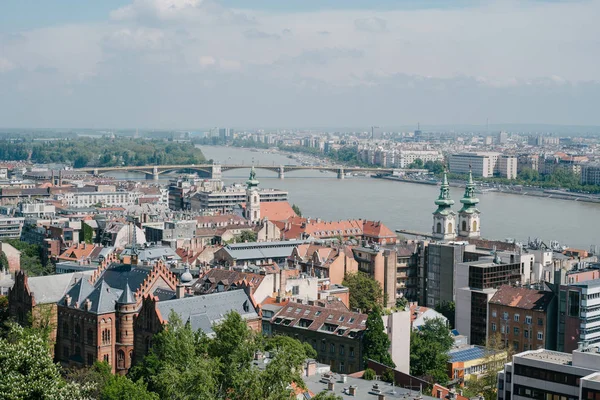
These destinations demonstrate that Hungary’s appeal reaches far beyond its celebrated capital, delivering experiences from cave-carved thermal baths to wine regions predating most European nations. Each location contributes to the broader Hungarian narrative, whether through Roman ruins, medieval fortresses, or traditional crafts, connecting modern visitors to centuries of cultural heritage.
The country’s compact geography allows exploration of multiple destinations within a single journey, creating itineraries that reveal historical and cultural layers most travelers never uncover. Hungary rewards those willing to venture past obvious tourist routes with authentic experiences and meaningful connections to Central European traditions.
Like Travel Pug’s content? Follow us on MSN.
More from Travel Pug

- 20 Best Beach Towns in the Carolinas
- 13 Destinations Where Tourists Regularly Regret Their Trip
- 20 Things You Actually Get in First Class
- 20 Small Airports With Aviation Museums
- 20 Places in the U.S. That Are Perfect for a Reset Trip
Like Travel Pug’s content? Follow us on MSN.
